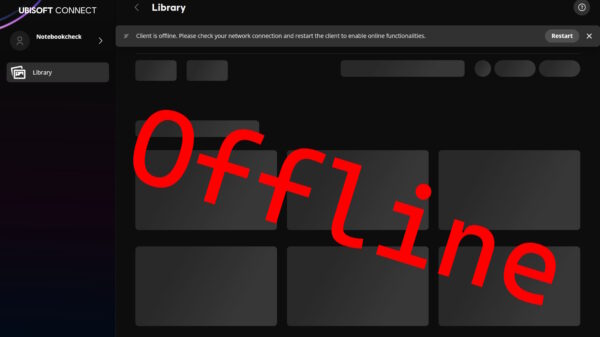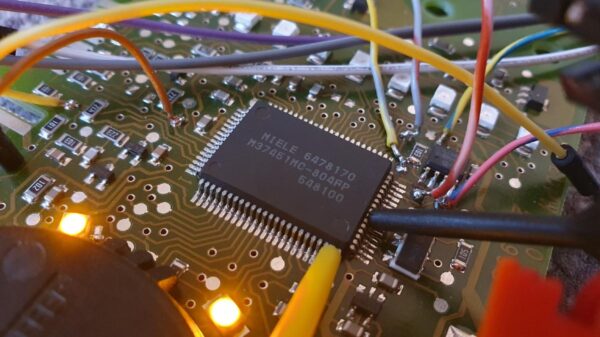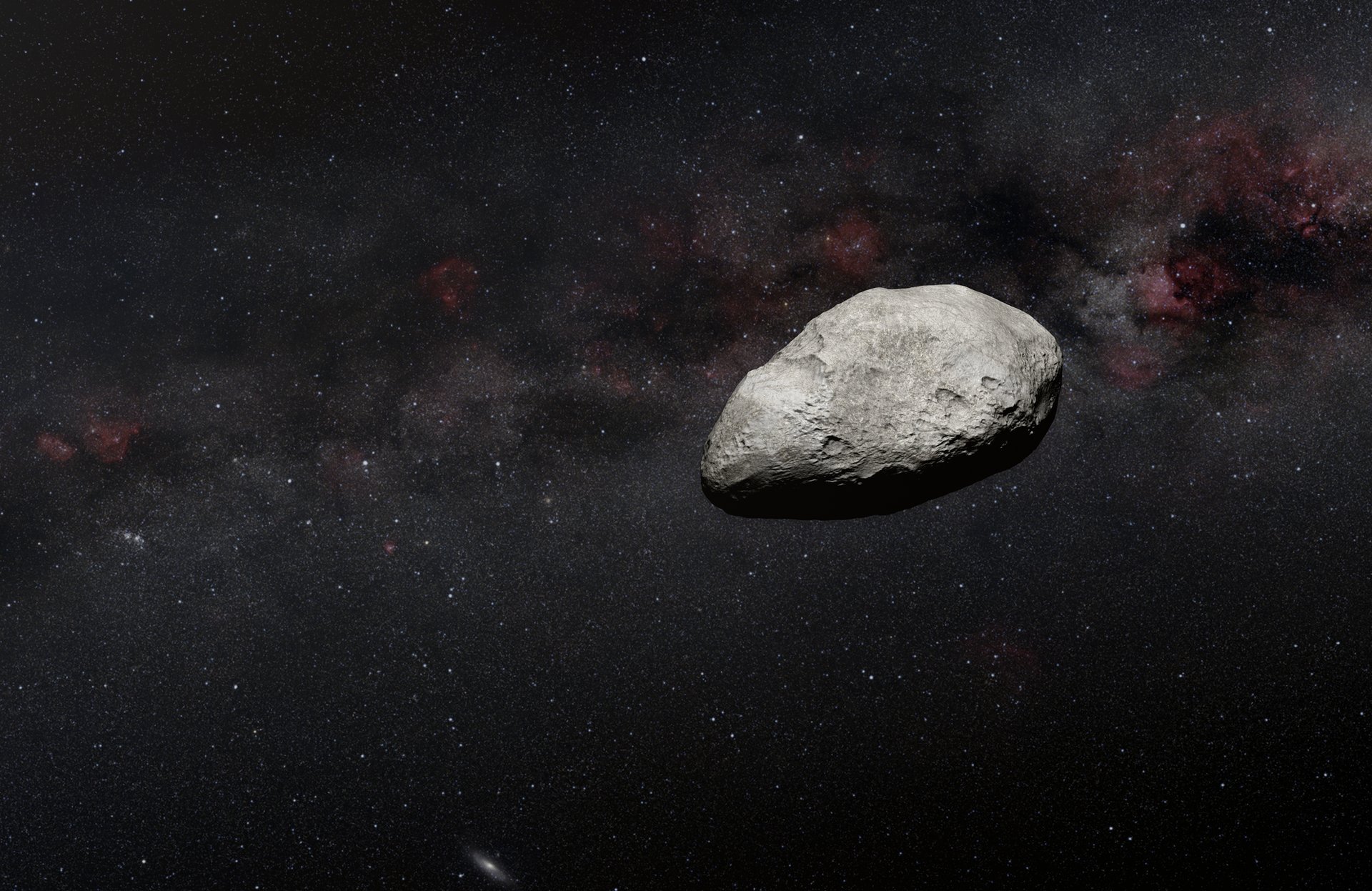Astronomers and engineers recently undertook a significant test of Earth’s asteroid defense systems with the discovery of asteroid 2024 YR4. This event marked a key moment in planetary defense strategy, as it was the first real-world scenario to assess how well international systems could respond to the potential threat of a near-Earth object. The findings, detailed in a paper by Maxime Devogèle of the European Space Agency’s Near Earth Object (NEO) Coordination Centre, highlight the effectiveness of existing protocols while also revealing areas that require further attention.
Discovered on December 27, 2024, by the ATLAS survey, 2024 YR4 gained media attention in early January 2025. Initial observations indicated an increasing likelihood of impact, a rarity among newly identified asteroids. The subsequent analysis covered the phases of discovery, classification, and the scientific community’s response, all of which unfolded in a matter of months.
Understanding the Torino Scale
A central focus of the paper is the Torino Scale, developed in 1995 by Dr. Richard Binzel of MIT. This scale categorizes asteroid threats into eleven levels based on both the probability of impact and the potential damage they could cause.
The categories range from Scale 0 (no hazard) to Scale 10 (certain collision). When 2024 YR4 was officially rated as a Scale 3 on January 27, 2025, it marked the first asteroid to reach this level. By February 18, the asteroid’s impact probability was estimated at 3.1%, prompting immediate action from the planetary defense community.
While this rating did not surpass the historic Scale 4 classification of asteroid Apophis in 2004, it triggered the first official notification from the International Asteroid Warning Network. This network, established in 2014 following the Chelyabinsk asteroid explosion, aims to coordinate global responses to asteroid threats.
Rapid Response and Reassessment
As 2024 YR4’s threat level was assessed, the system functioned as designed, capturing public and governmental interest. Increased scrutiny led to additional observations from powerful telescopes, including the Catalina Sky Survey, Gran Telescopio Canarias, and the Very Large Telescope. These observations revealed critical information about the asteroid’s characteristics, including its rapid rotation period of just 19.5 minutes and its classification as either an Sq-type or K-type asteroid.
While the initial threat of an Earth impact diminished, the risk of potential collision with the Moon increased, now estimated at approximately 4% for the year 2032. This situation underscores the ongoing responsibilities of the planetary defense community, which must remain vigilant in monitoring these celestial bodies.
The experience gained from 2024 YR4 serves as a crucial learning opportunity for future asteroid threats. As the global community continues to refine its response strategies, the hope remains that future responses can be more effective than those depicted in popular films like Deep Impact and Armageddon.
In conclusion, the response to asteroid 2024 YR4 indicates that while current systems are functioning effectively, there is still much work to be done to enhance global preparedness for future threats. The collaboration among astronomers and the swift flow of information highlight the importance of readiness in the face of potential cosmic dangers.






































































